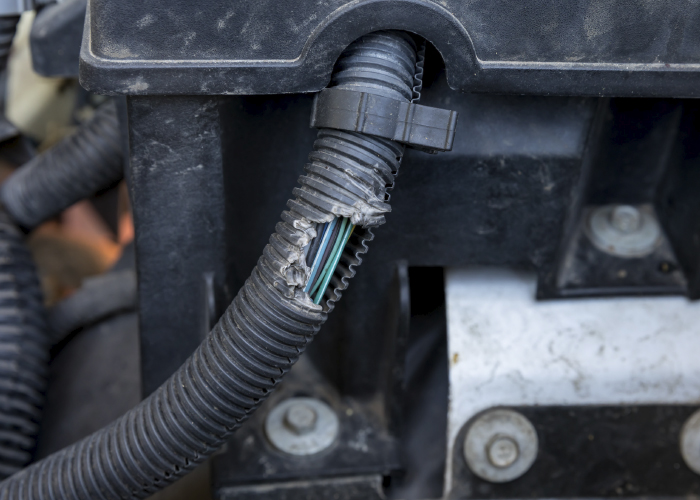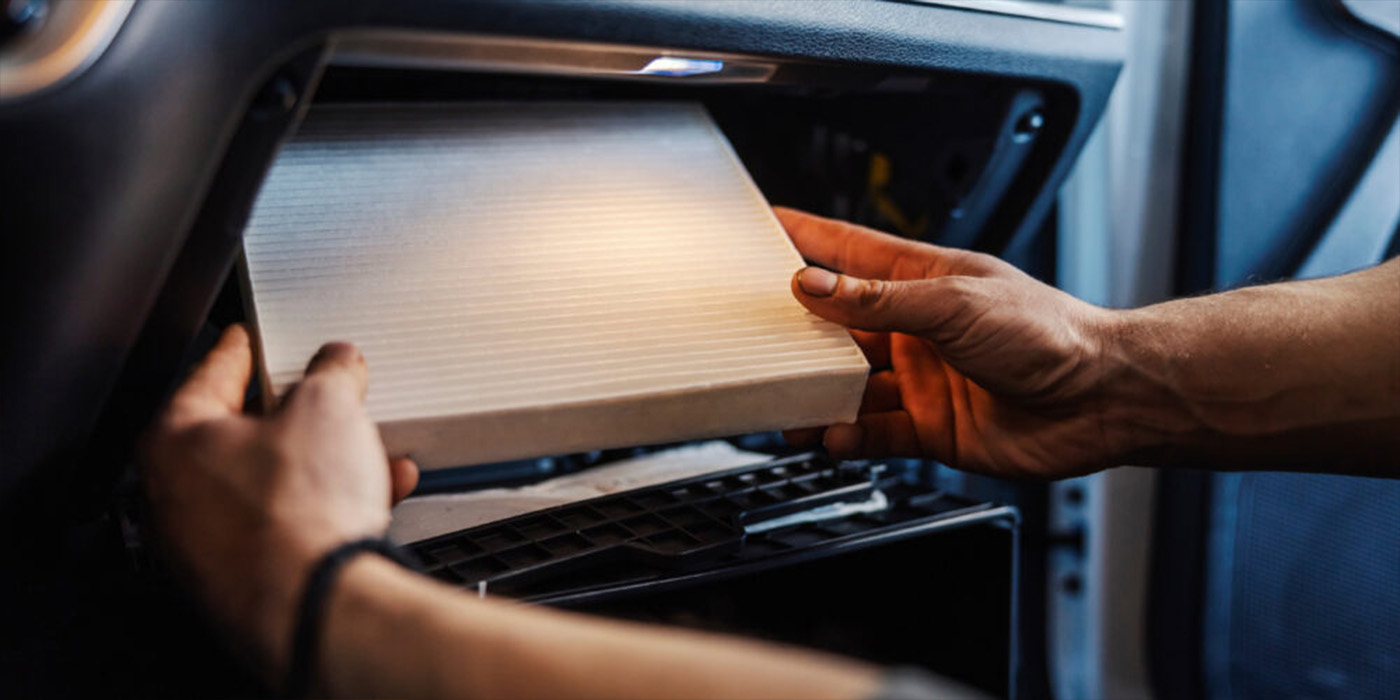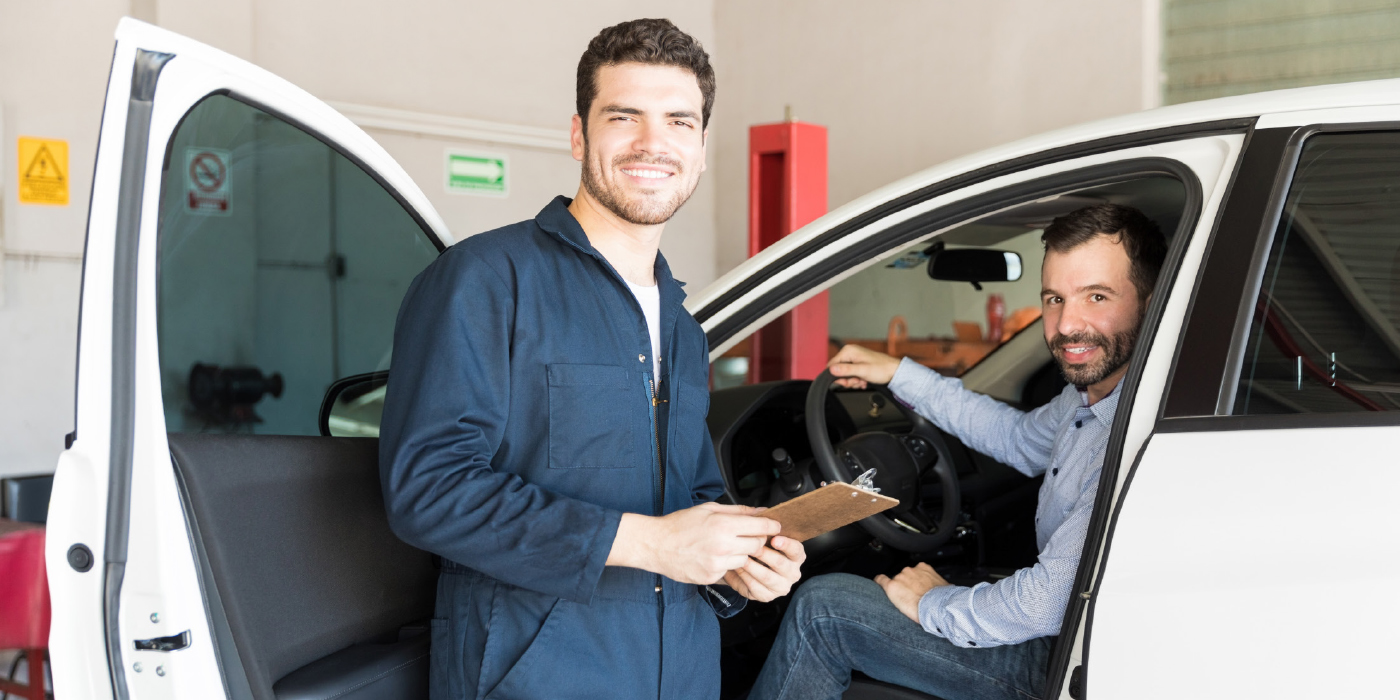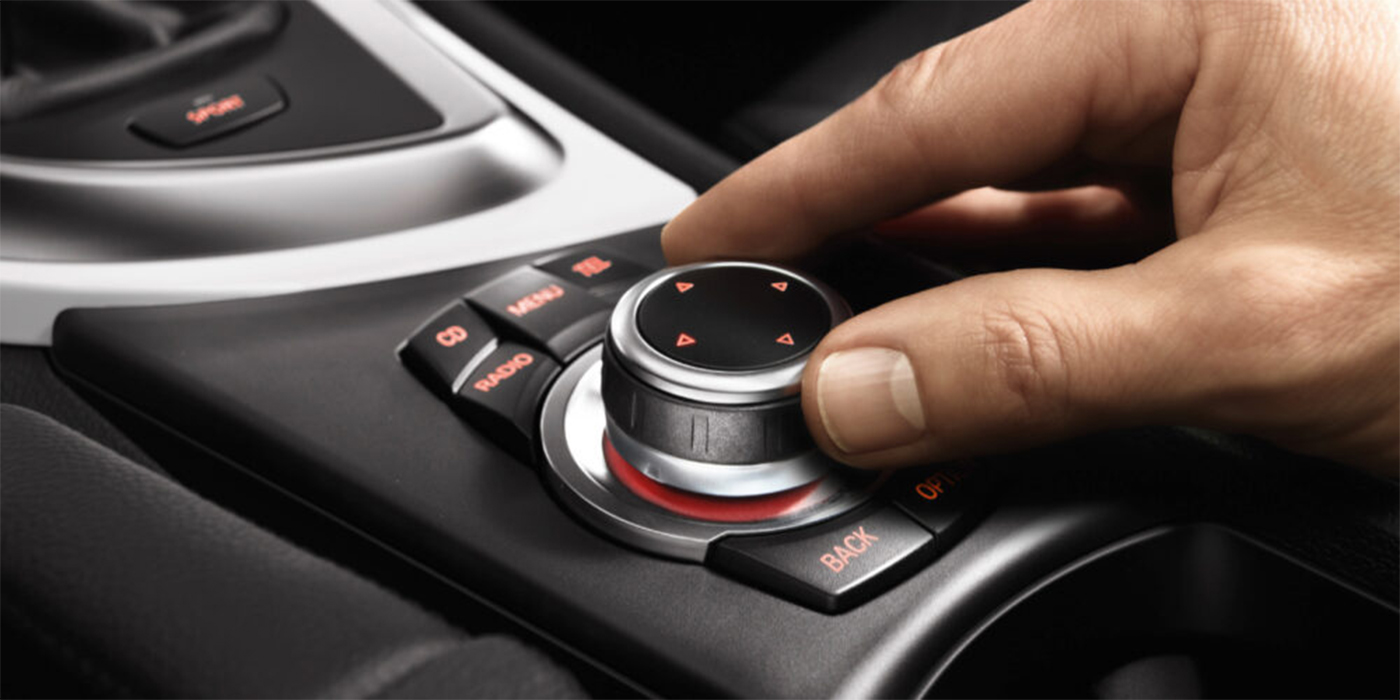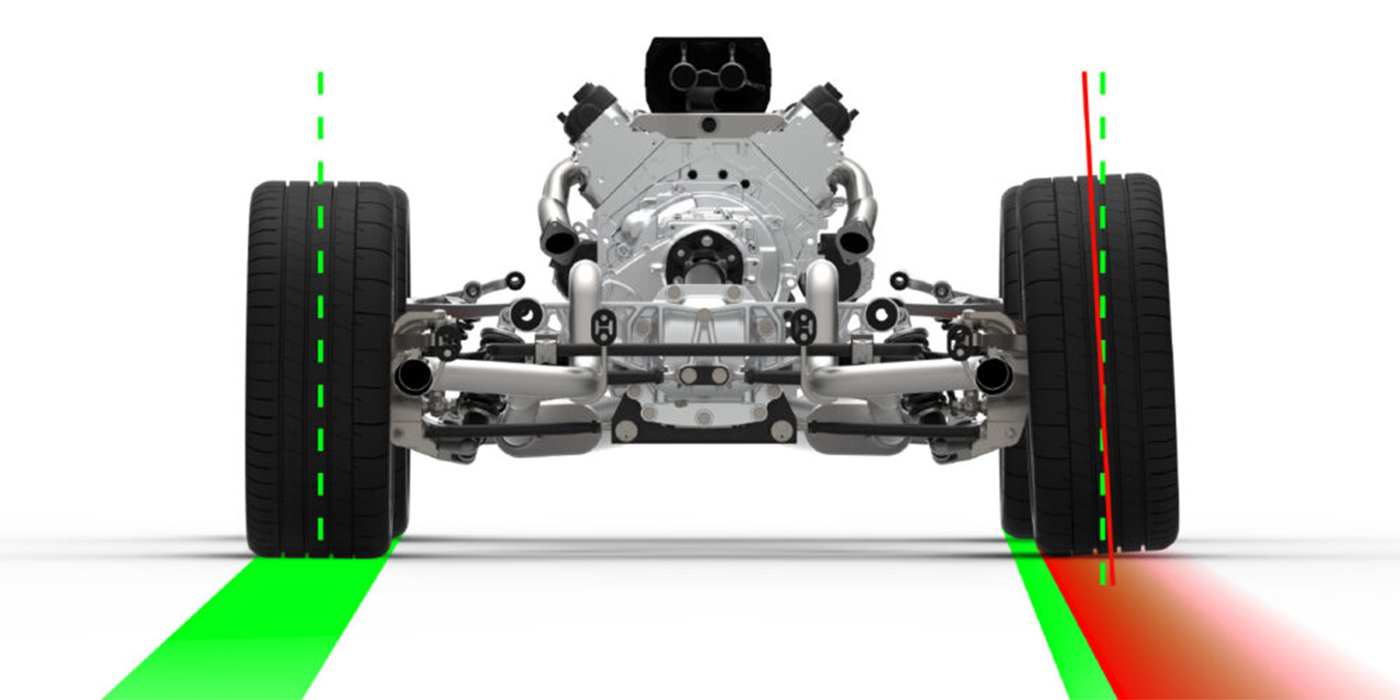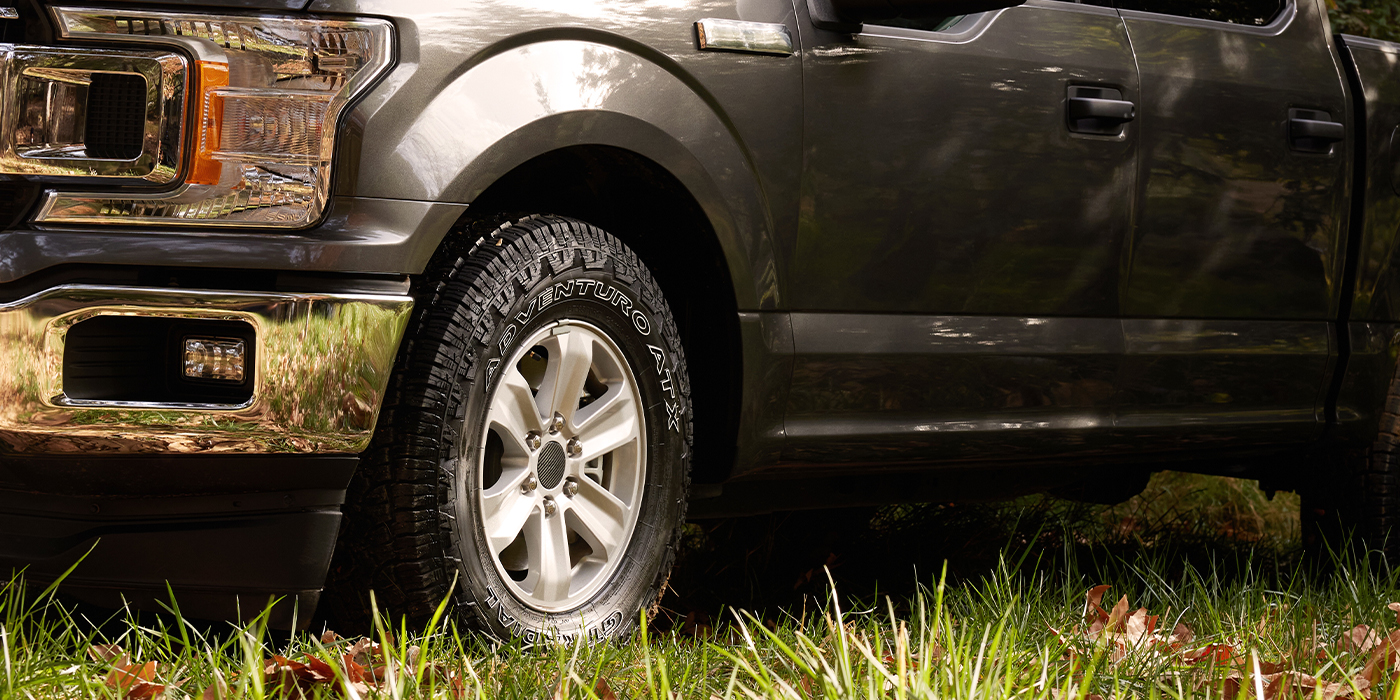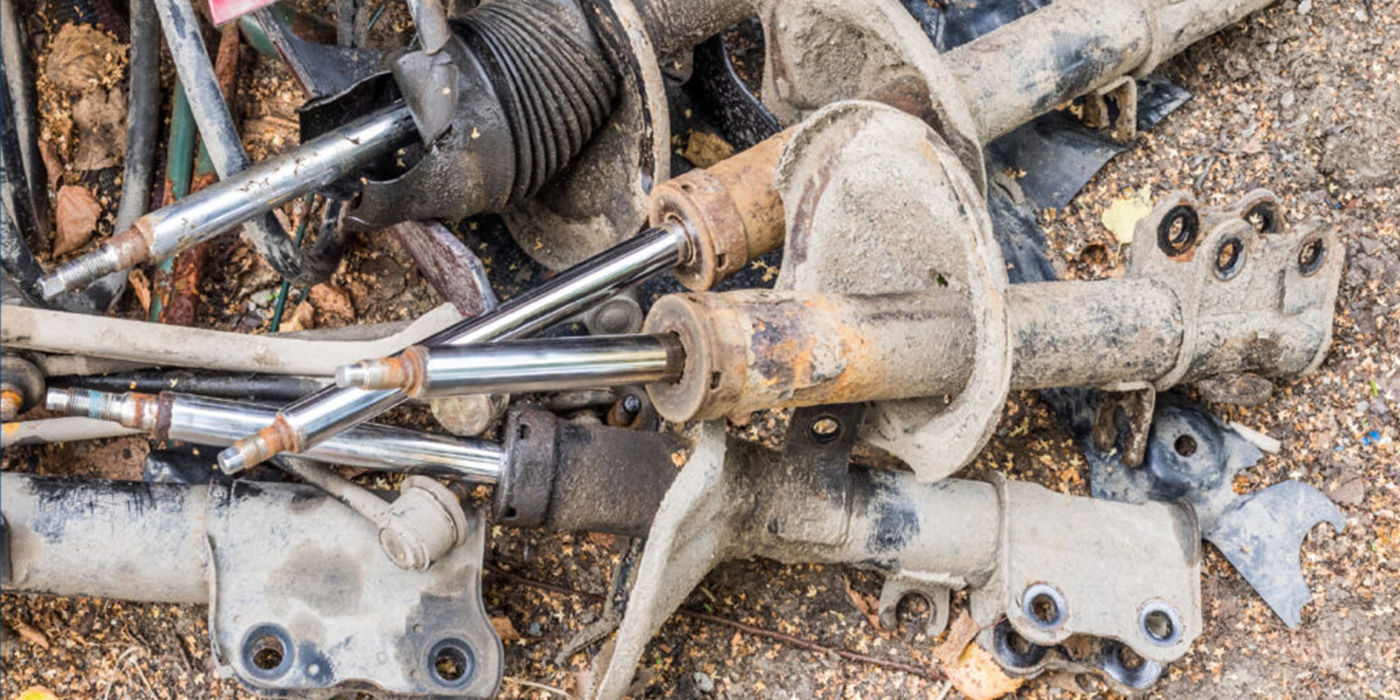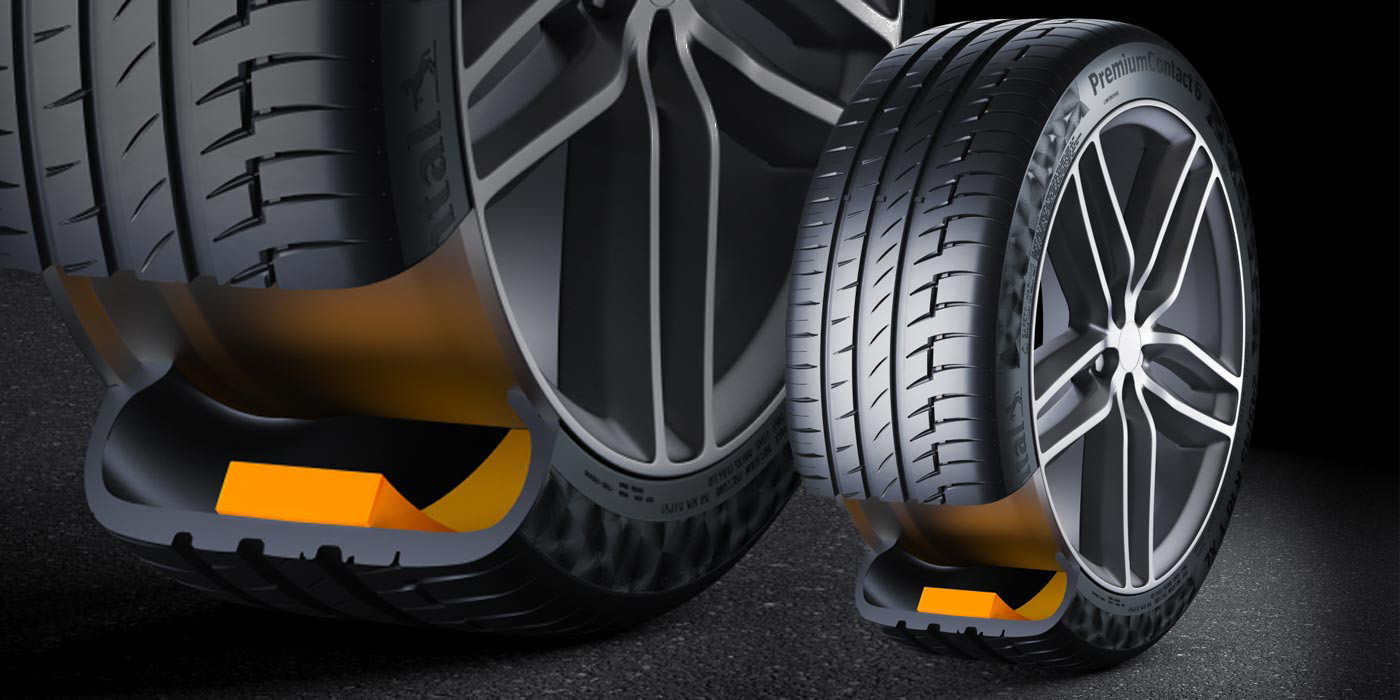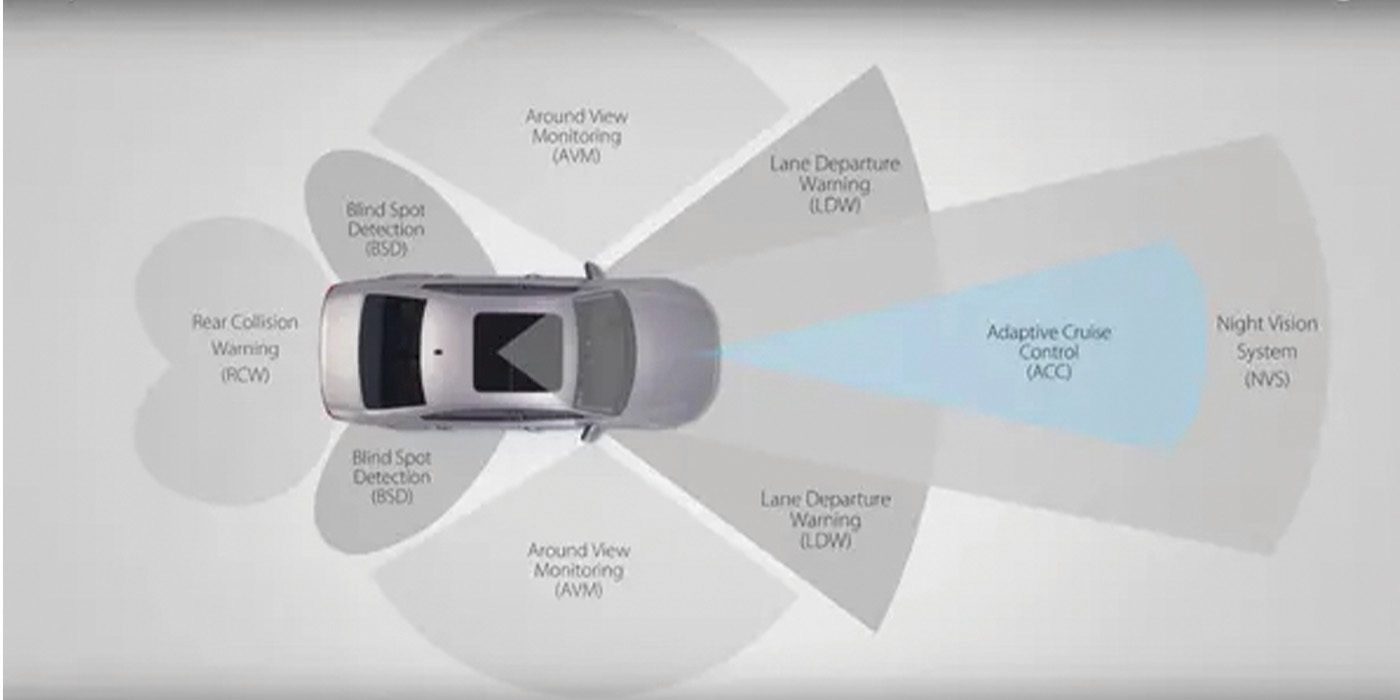We’re living in the new normal, and changes that have come as a result of the pandemic will leave an enduring mark on how consumers behave and do business. Shop owners also need to adapt, because the old way of providing service, engaging with customers, and nurturing loyalty and the resulting repeat business is going the way of the wheel bubble balancer.
The former paradigm of seeing vehicle owners come in of their own volition for oil changes and routine maintenance, or kicking and screaming when they can no longer tolerate that squeaking noise or mushy brake pedal, has been upended by a driver community that’s no longer driving as much, whose priorities have been supplanted by other more pressing concerns, and whose budget-tightening in the wake of record unemployment has lengthened the time between even regular service visits. To continue to thrive, your business can no longer be reactive; it has to be proactive.
That means institutionalizing customer contacts, so no opportunity to bring in a vehicle is missed. It means giving vehicle owners a heads-up to things going on with their cars that don’t necessarily make a noise or a shimmy. And it means reminding them that their ride might be getting up there in age and needs more tender loving care as a result.
You may already be doing some of this – after all, what’s an oil change window sticker if not an in-your-face reminder for a future appointment? But by digging down into how drivers’ behaviors are changing, you can take charge of the customer experience and do more to keep your service bays full.
Less Driving is Not Their vehicle’s Friend
Among working adults who said their jobs could be performed from home, about one in five were doing so before COVID, while nearly three quarters of those workers are now telecommuting, according to Pew Research. And 54 percent of them, the Pew study found, prefer to continue working at home post-pandemic. A survey by Slack, the business communication platform, found that only 12 percent of those now working from home want to return to full-time office work, and 72 percent want a hybrid remote-office model moving forward.
In addition to losing the daily commute, people are making millions of fewer trips out in general, with online retailers’ business up sharply and food delivery apps’ business more than doubling, notes MarketWatch. But auto repair insiders don’t need statistics to tell them that people are driving less and are likely to keep logging fewer miles – and less wear and tear – down the road.
With that trend comes new marketing opportunities for the savvy shop owner. What better time to alert regular customers to the potential damage, wear and system failures that arise from not driving much? We know full well that idled vehicles can fall victim to a myriad of issues. However, the average driver may not, so it’s our job to tell them.
Parasitic draw on the battery might cause an unpleasant surprise when they decide to go out after weeks being a homebody. But you’re ready with a special for a new battery and installation.
Tire rot or flat spots from an unmoving car might hasten the need for replacements, and you can alert them to a manufacturer rebate or tell them about a deal you’re offering on four new radials (Don’t forget to rotate your own tire stock regularly, so you’re selling fresh product to your customers.).
Unused vehicles, and particularly brake components, are more susceptible to rust if they’re not warmed up or getting air flow. Wiper blades can become brittle and ineffective, especially if they’re sitting in icy, wintry conditions. And small critters can wreak havoc in that dry haven under the hood. Newer soy-based wire insulation, in particular, can make an attractive buffet for hungry rodents.
You should be communicating all of this to customers and offering to check these things out for them to ensure their safety and smooth vehicle operation. Even if there’s no immediate need for repair, you can use this opportunity to create a “wear history” for these and other components, complete with photographs. Even if no immediate work is required, this will help prepare the customer for issues in the near future, both mentally and financially. This, in turn, will build trust; they will return to you for the work, because you’re the one keeping track of these issues!
Educate Them on Time vs. Mileage
Vehicle owners see that oil change sticker which says “next change due in 5,000 miles or 5 months.” Many might think, “I’ve hardly been driving, so I won’t need to change the oil any time soon.” As their trusted service provider, it’s up to you to educate them that time is as much a driving factor as miles driven. You should let them know that if they’re driving light miles, oil can absorb moisture, and chemical additives can start to break down. So, depending on the vehicle and the type of oil used, you’d be diligent to remind them, say, every six months they are due for a change, regardless of the odometer reading.
In addition, state inspections go strictly by the calendar, not by mileage, and with cars sitting idle owners might not readily notice they’re coming up on inspection or may have missed it altogether. If your shop has performed the inspection before, or simply has the inspection month as part of the vehicle’s record, you’re leaving money on the table if you don’t text a reminder that it’s time to bring it in.
Older Cars Mean More Opportunity
At the same time people are driving less, they’re tending to keep their vehicles longer. This trend existed before the pandemic, but COVID has hit people’s pockets hard, and new car sales are down precipitously as a result. Edmunds notes that 2020 sales were down 15.5% over the prior year, in line with others’ projections, and the fourth largest decline in sales since at least 1980. However, given the circumstances, that figure could’ve been much worse, experts say.
The average vehicle on the road is 11 years old, and again, it’s your role to proactively make sure owners know all the issues that presents. Brake lines can start to go bad, suspension parts like bushings can crack or deteriorate long before they start making a tell-tale noise, and insulation straps around metal gas tanks can retain moisture and cause corrosion on the tank that can lead to a fuel leak.
With aging vehicles, it’s especially important for your shop to compile and communicate a wear history. Note those parts that are at risk of becoming major problems, with photographic evidence. If you tell the customer “those brake lines are rusting out,” or “that leakage will soon become a drip,” you’ll prepare them for the repair down the road and assure them you’re not trying to put one over on them. By becoming a “partner” in the vehicle’s maintenance, you can further build trust and loyalty.
Not only will all this translate to more and repeat business, it will lead to positive reviews, and whether or not your shop is all-in on digital marketing, know that online reviews matter. Indeed, today’s “word of mouth” recommendation is largely found on Google Reviews, Yelp and social media.
Customers and the way they drive have changed, and it’s not going back to the old way. At the same time, consumers are under unprecedented assault by such issues as COVID, politics and how their kids are being educated. In this environment, shop owners can’t expect drivers to make their vehicles a priority. By being proactive rather than reactive, reaching customers on the mobile devices where they live, you can cut through their other concerns and keep revenue flowing.
John “J.B” Burkhauser is an Auto Repair Specialist with over 35 years of experience—with expertise ranging from A Level & ASE Certified Master Tech, Shop Advisor/Manager, to Automotive Trade School Instructor, and Technical Writer. He is a highly sought-after industry thought leader who has been published in both the US and Europe. JB currently serves as Director of Education at BOLT ON TECHNOLOGY, the leading provider of automotive software solutions that solve the most common struggles facing the Automotive Repair & Maintenance Industry. For more information or to get in touch with JB, please visit www.Boltontechnology.com


